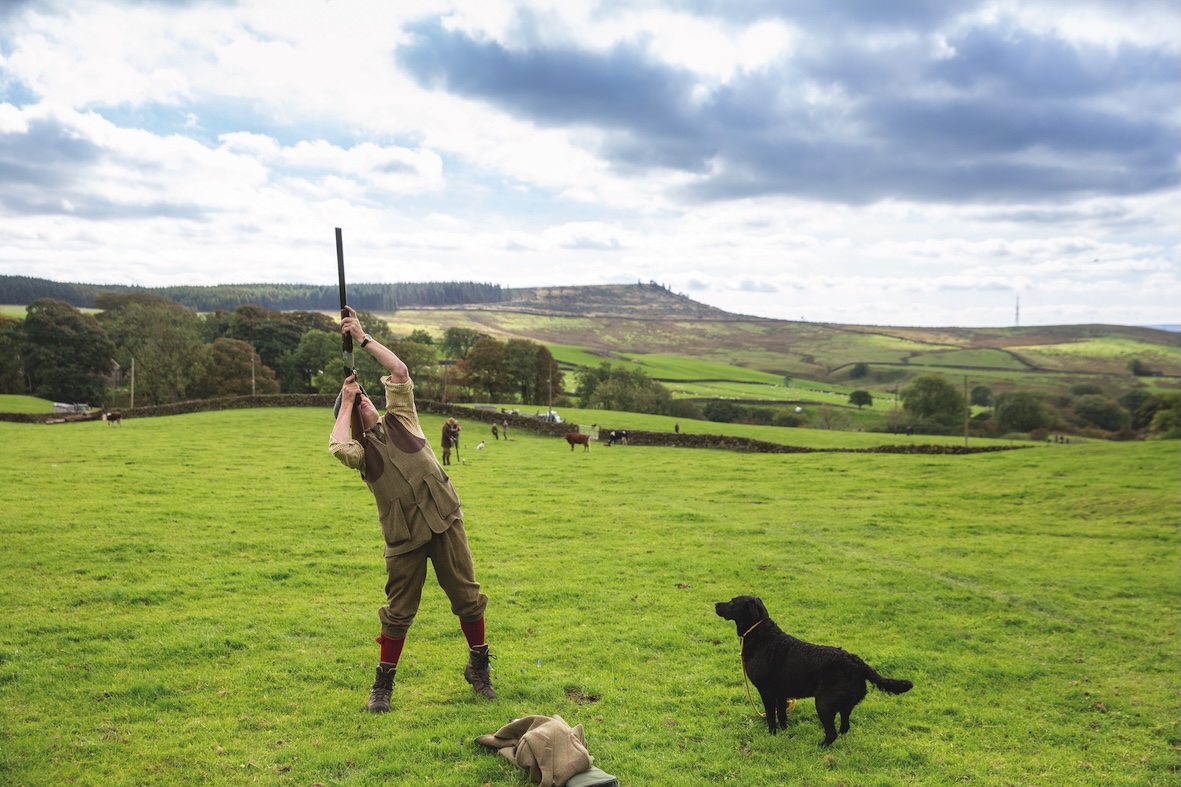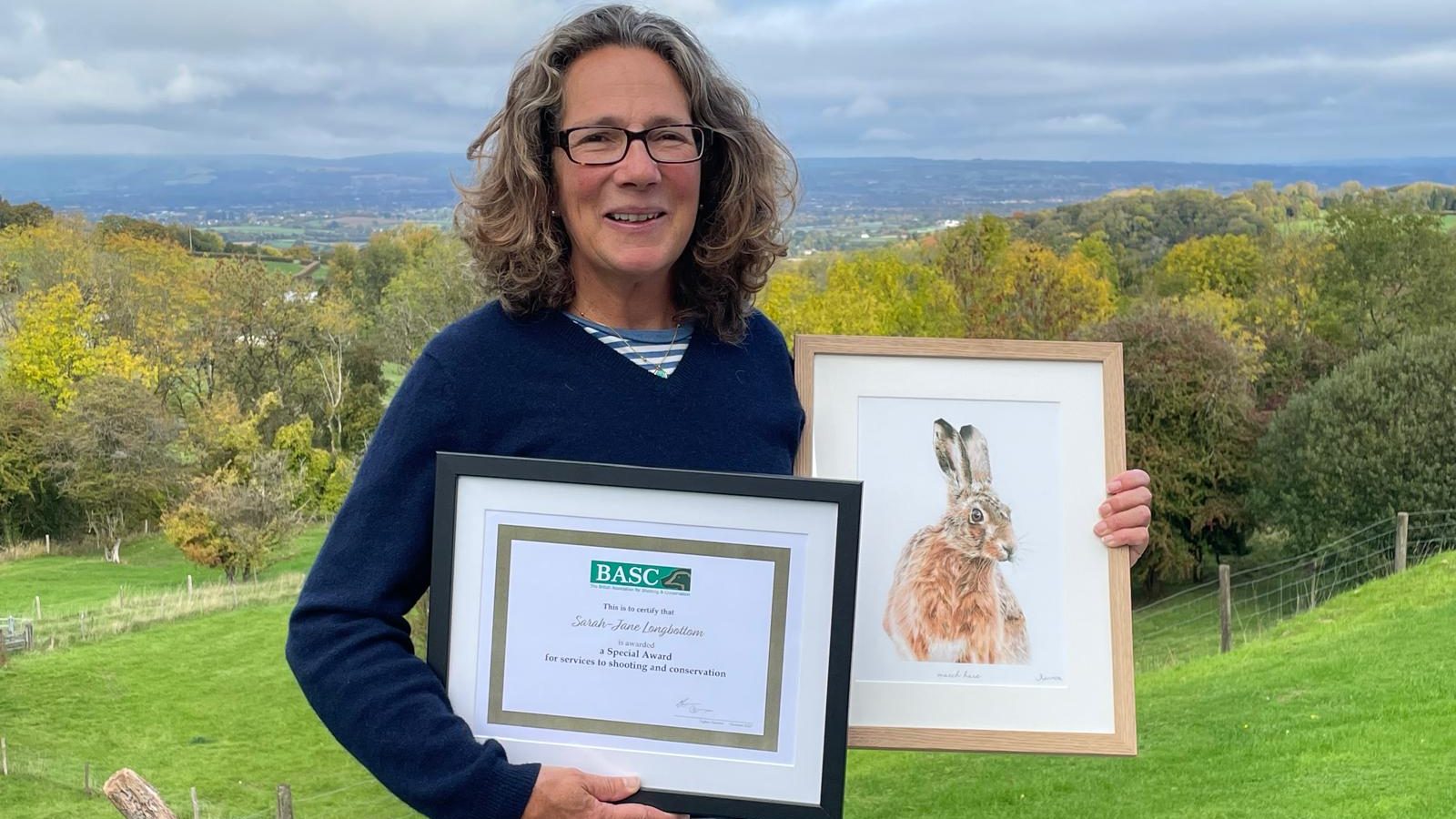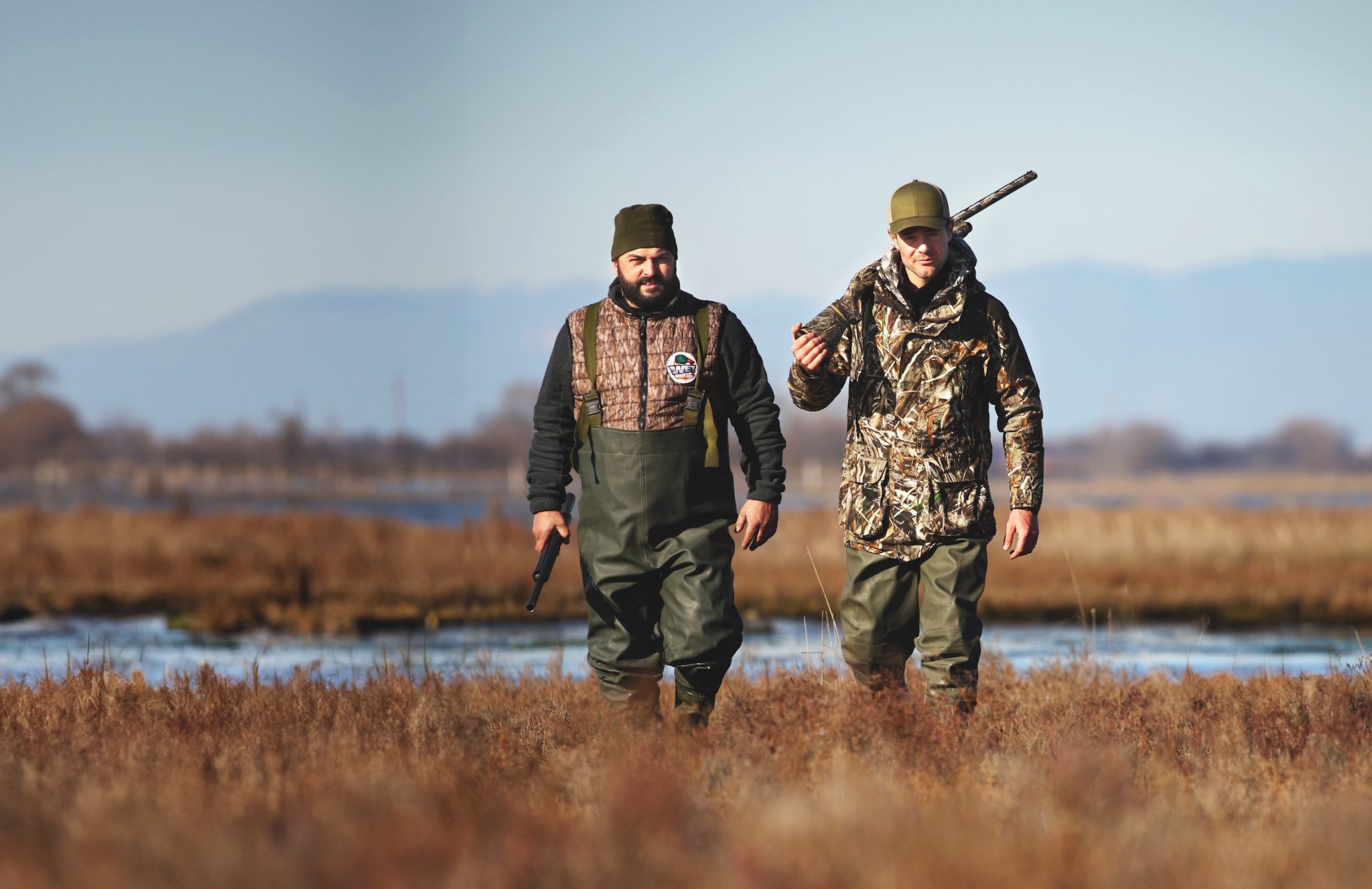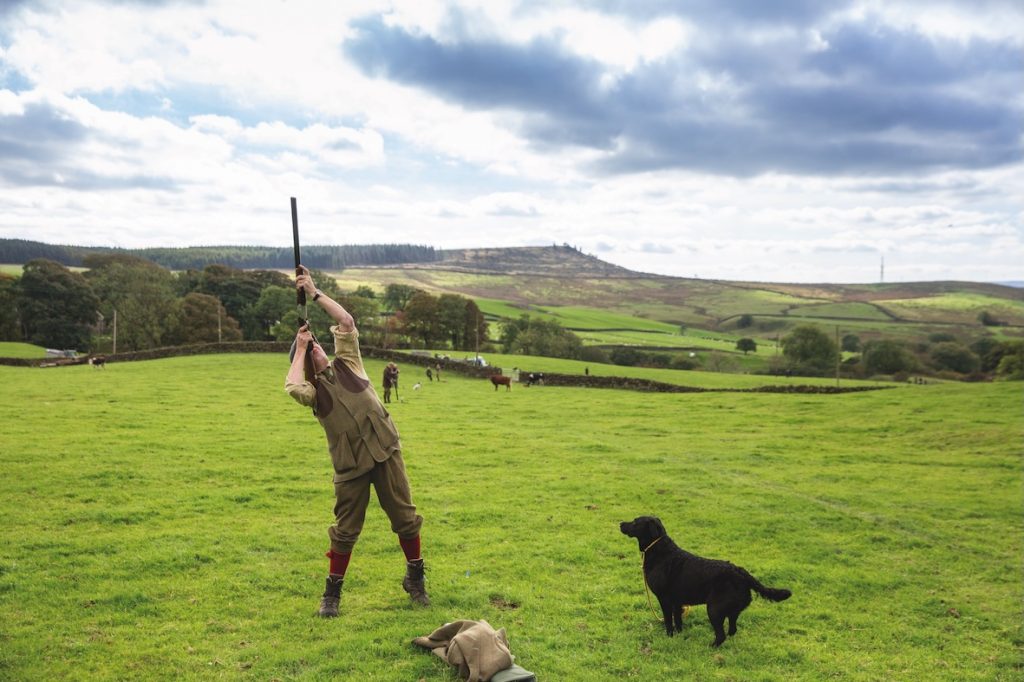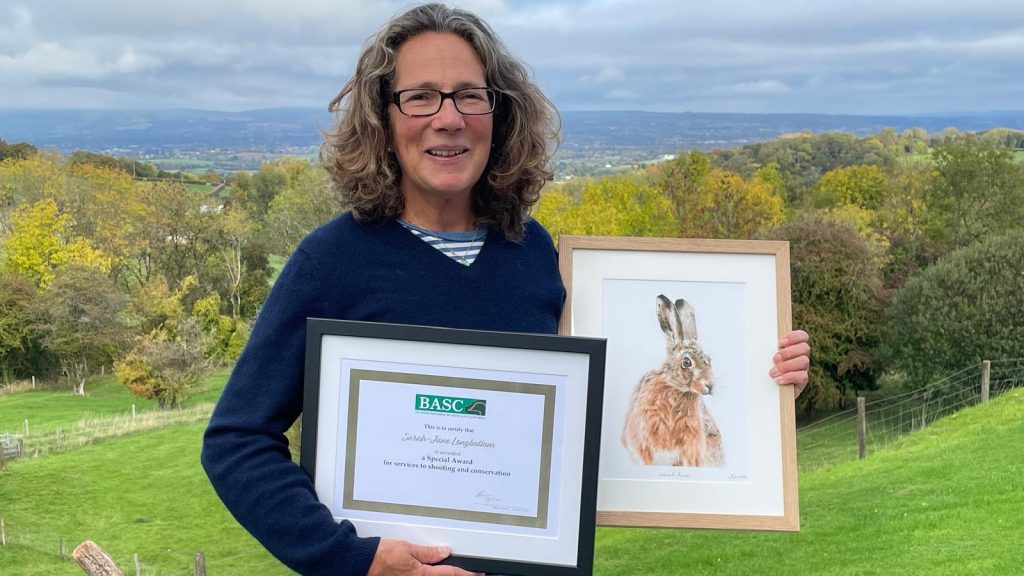Win CENS ProFlex DX5 earplugs worth £1,149 – enter here
Gamekeeper
<strong>Being a part-time keeper has its advantages, including time for Welsh shooting</strong>
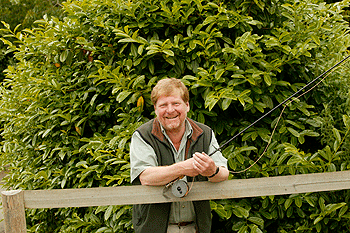
Many Shooting Times readers will no doubt view the life of a gamekeeper as a rural idyll that they would love to emulate, but most full-time keepers would probably disagree. By this stage in the season, the average lowland keeper will probably be ticking off the days in the calendar towards 2 February and a well-earned break. This may just be a chance to relax and potter about, or a trip off to the sun with the family.
It never ceases to amaze me that there are keepers who seem to live entirely for the job, and I was particularly struck by these words on a CV recently: ?I don?t have a lot of interests outside of work, as I see my job as a way of life.? Maybe there are employers who would appreciate this, but if I were appointing a keeper, I?d like to think that the candidate had something to escape to at least occasionally.
I remember driving past a keeper?s cottage once, when on an advisory visit, and seeing an amazing display of flowering dahlias. I remarked on these to the owner who was showing me about, and he said, ?Yes, Bill loves his garden, and his dahlias in particular. He shows them quite competitively, and has won several prizes.?
He went on to explain that he had once gone to look for Bill with a neighbouring shoot owner, and found him pottering in his dahlia patch in the middle of the afternoon. Apparently the neighbour had suggested that a man should be at his work at that time of day, not gardening, and that he would not stand for it. I?m pleased to say that my client was of the view that his keeper was perfectly entitled to a couple of hours off, bearing in mind that he had been on the go since first light, and would probably be out foxing after dark. I?m sure that this approach led to better work, and ultimately a better shoot than that of the more feudal neighbour.
Filling the feeders
Now, sneaking away during the shooting season may be harder to justify, especially during the shortest days, and I count myself lucky to be an amateur part-timer in this respect. We just do not have the pressure to perform in the same way as the professionals. However, I like to think that we do a good job within our constraints, and we still want to show our chums a happy day?s sport when they come out with us.
In this vein, a few weeks ago there was some fairly frenetic hopper-filling activity by yours truly. I was about to set off to a happy hunting ground in west Wales and abandon my side of the shoot for two-and-a-half days. But, since our main feeding is through hoppers, I like to err on the side of having too many rather than too few. This way if a stroppy old cock decides to dominate a feeder and chases other birds away, there are always other options nearby.
A few bales of straw
So, I was confident that none of my feeders would run empty in my absence; indeed I would expect there to be food still available from most for about three weeks. This may seem like a long time, and a lot of corn deployed, but provided your hopper design is reasonably scavenger proof, why not? While hoppers are the mainstay of our feeding, I also recognise that pheasants love to scratch in straw and stand on bales. So, we have spread some straw patches in our covercrops, and odd big bales, too. These get a handful of corn or two scattered on them whenever we are passing, but not too much. The idea is simply to provide a supplement and some entertainment, not the ?main course?.
I should also stress that my use of straw is carefully worked out to avoid sensitive issues. Rows of big bales are ugly, especially when put to surround a prominent wood or crop. Also, in delicate habitats such as ancient woodland and fl ower-rich grassland, straw can swamp the natural vegetation and give a foothold for weeds like nettles and docks that do not belong there. So, we use odd intact bales inside covercrops and plantations to provide perches, and avoid spreading straw in sensitive places.
So after my chores, I was on the road by lunchtime, dreaming of snipe in the high marsh and a wigeon or two on the salt tidal splashes, and confident that my pheasants and partridges were well catered for. As it turned out there was just one snipe, but I nailed that. The wigeon declined to cooperate, but a couple of teal sprung from the creeks meant that we did not come home empty-handed. Friday was fun too, though the brisk north wind and squally showers were not what I would have chosen. And then there was Saturday ? the occasional day when you do not fire the gun really is good for the soul, especially if the sun shines!
Related Articles
Get the latest news delivered direct to your door
Subscribe to Shooting Times & Country
Discover the ultimate companion for field sports enthusiasts with Shooting Times & Country Magazine, the UK’s leading weekly publication that has been at the forefront of shooting culture since 1882. Subscribers gain access to expert tips, comprehensive gear reviews, seasonal advice and a vibrant community of like-minded shooters.
Save on shop price when you subscribe with weekly issues featuring in-depth articles on gundog training, exclusive member offers and access to the digital back issue library. A Shooting Times & Country subscription is more than a magazine, don’t just read about the countryside; immerse yourself in its most authoritative and engaging publication.



